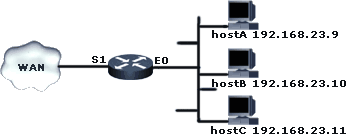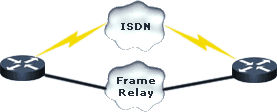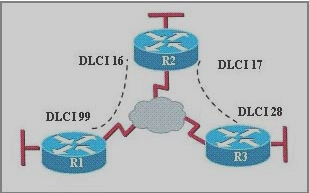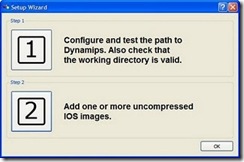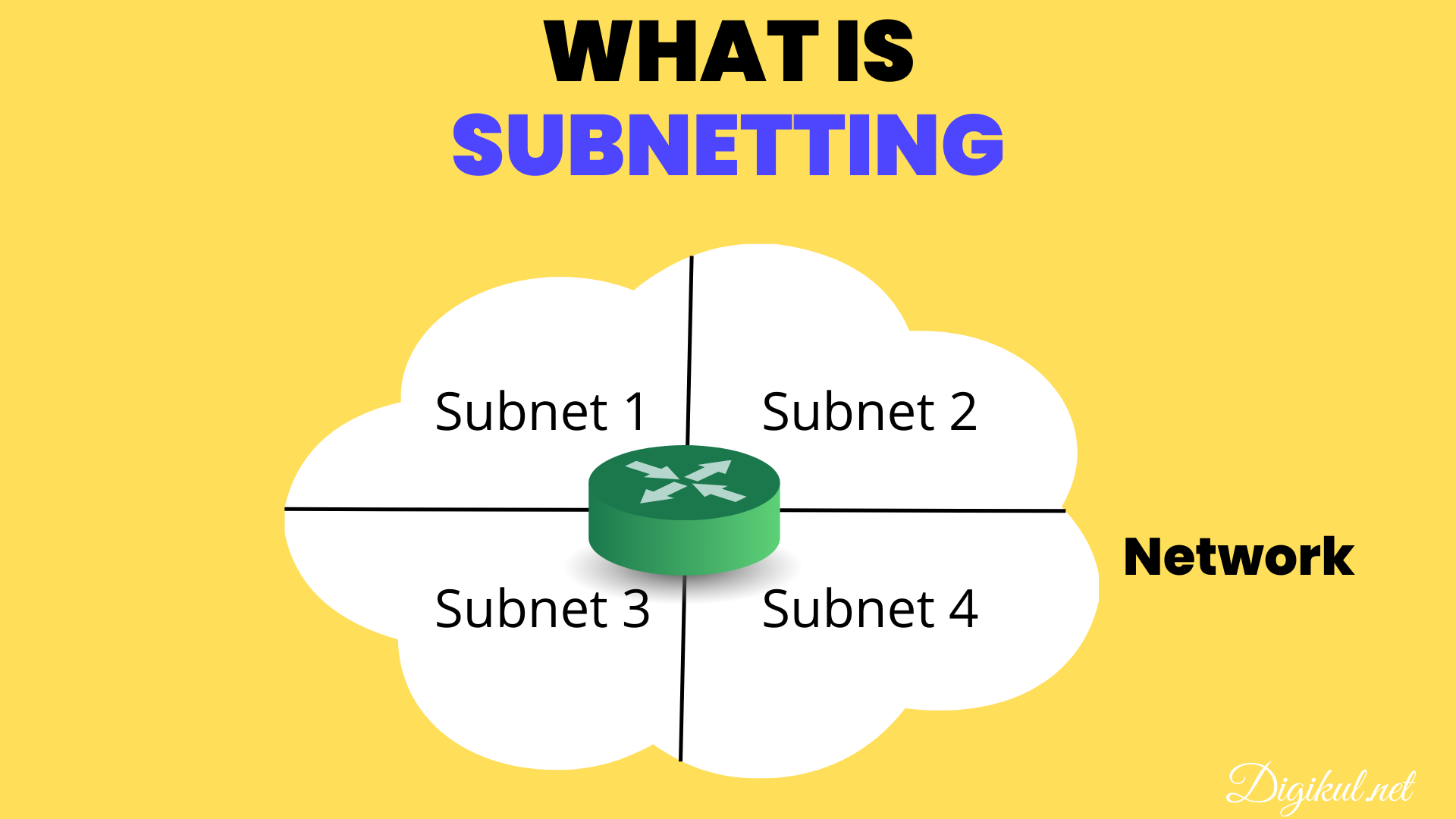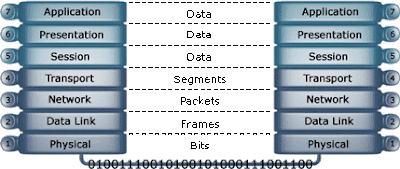How bridge group is differentiated from vlan
Bridge groups provide a method to group two or more ports into a single broadcast domain, where as VLAN provide a method to group many ports into a single broadcast domain or establish a number of broadcast domains (or secure groups) on a single switch.
Bridge groups operate at layer 2. So they are not very effective at connecting layer 3 switches and routers. If you want to connect 2 ports of a layer 2 switch with 2 Ethernet interfaces of a router you can do that but the Ethernet interfaces on the router no longer operate as routed interfaces.
Refer to Understanding and Configuring VLAN Routing and Bridging on a Router Using the IRB Feature for more information
The bridge-group command is used to configure a Cisco device to bridge traffic between two interfaces. For example, you wanted to join two LANs – connected via a router and a serial link between them – together, you would configure the LAN and WAN interface on each router to be part of the same bridge-group. This will create a bridge between the two LANs and Ethernet packets from one LAN will be visible on the other. If you put bridge-group on both interfaces then they become part of a single broadcast domain.
LAN 1—-> [Router 1] —-> [Router 2] –>LAN 2
On Router1:
int fa0
bridge-group 1
int s0
bridge-group 1
bridge 1 protocol ieee
On Router 2:
int s0
bridge-group 1
int fa0
bridge-group 1
bridge 1 protocol ieee
Refer to Configuring Transparent Bridging for more information.

